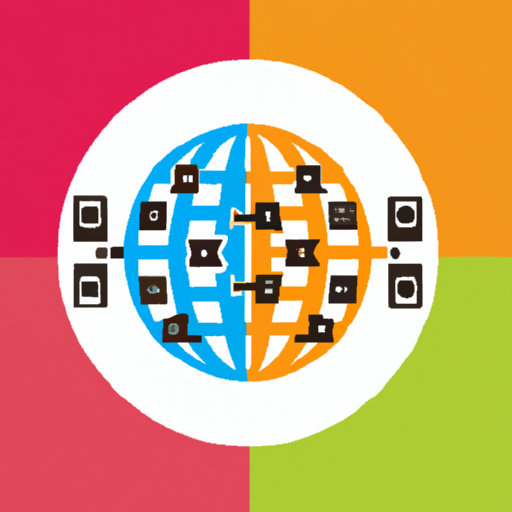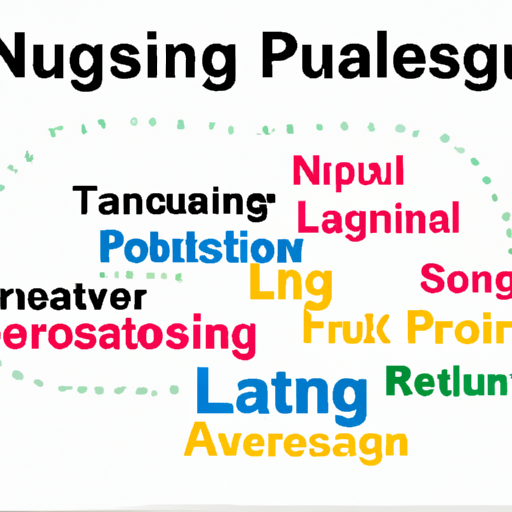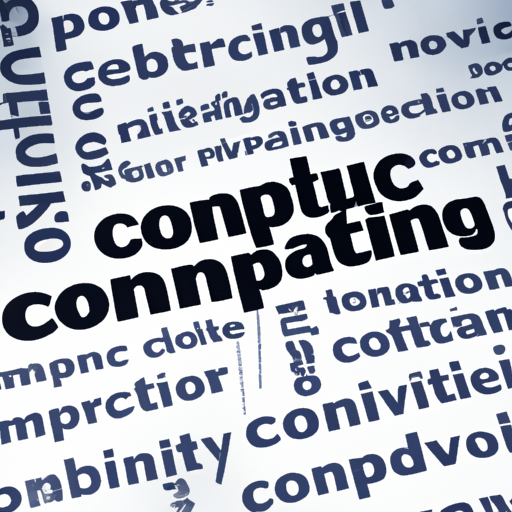Introduction
As technology evolves, spatial computing is emerging as a game-changer in how we interact with digital environments. By integrating augmented reality (AR), virtual reality (VR), and other 3D interaction tools, spatial computing bridges the gap between the physical and digital worlds, paving the way for innovative solutions across various industries.
What is Spatial Computing?
Spatial computing refers to the digital environment where both physical and virtual elements are seamlessly integrated. It enables users to interact with 3D objects and spaces through natural gestures and movements, leveraging technologies like AR and VR to enhance user experiences.
The Impact of Spatial Computing Across Industries
Businesses are increasingly adopting spatial computing to improve efficiency and revolutionize customer interactions. Here are a few key sectors where this technology is making significant inroads:
- Healthcare: From surgical simulations to patient education through immersive 3D models, spatial computing is transforming medical practices.
- Education: AR and VR create engaging, interactive learning experiences that enhance knowledge retention for students.
- Retail: Virtual try-ons and immersive shopping experiences help consumers make better purchasing decisions while enhancing brand interaction.
- Real Estate: Virtual tours and spatial data visualization allow potential buyers to explore properties without physical visits.
The Technology Behind Spatial Computing
At the heart of spatial computing lie several innovative technologies:
- Computer Vision: Helps computers interpret and understand visual information in the real world.
- Sensor Technologies: Devices gather data from the physical environment, allowing for dynamic virtual representations.
- AI and Machine Learning: These technologies enable predictive modeling and adaptive experiences within spatial computing frameworks.
The Future of Spatial Computing
As we look to the future, spatial computing holds tremendous promise. Companies like Apple, Google, and Microsoft are investing heavily in this field, indicating that widespread adoption is on the horizon. The rise of the metaverse and the push towards a more interconnected digital economy will only amplify the relevance of spatial computing in the years to come.
Conclusion
In summary, spatial computing is set to revolutionize our digital interactions, making them more immersive and intuitive. As organizations across sectors embrace its potential, we can expect to see a dramatic shift in how we perceive and engage with technology, leading us towards a more digitally connected future.
Keywords: Spatial Computing, Augmented Reality, Virtual Reality, 3D Interaction, Digital Transformation




